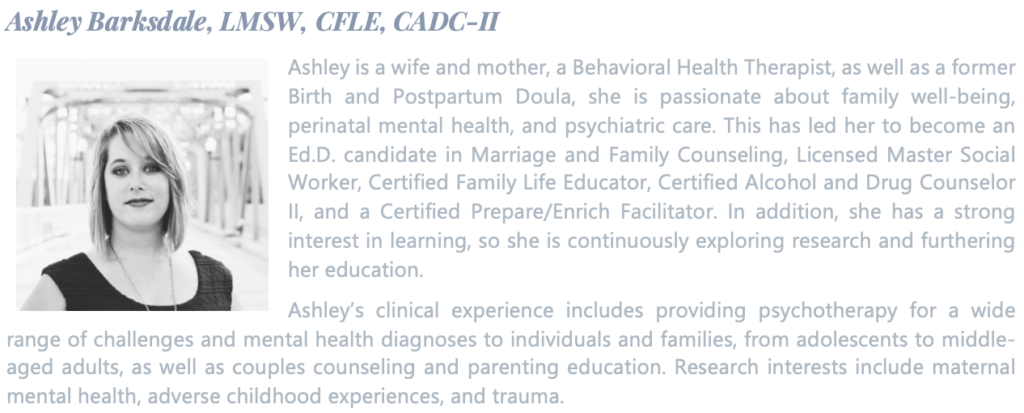Have you ever wondered how babies breathe while they are in their mother’s womb?
After seeing a picture of a water birth, it got me thinking…not everyone understands how it is possible for a baby to be born in water and not drown. To some people, that is common sense, but to others, it’s something they’ve never really contemplated so it’s interesting information when you figure out the logistics of it.
Babies don’t actually breathe while they’re in the womb.
They aren’t fish, though. When a mother breathes in oxygen, the oxygen gets into her bloodstream, which then gets into the baby’s bloodstream by going through the placenta, into the umbilical cord, and then into the baby.
The baby’s lungs begin to develop somewhere between 9 and 11 weeks gestation, which is when they begin to “breathe” in a little amniotic fluid. Instead of actually breathing though, they are swallowing the fluid. This builds their lungs and teaches them how to work. By 32 weeks, the baby is able to “breathe” by expanding and deflating their lungs and is less like swallowing. A baby’s lungs are considered mature at 36 weeks gestation.
Around 40 weeks gestation, the mother will go into labor. The contractions the mother has, which help bring the baby down, also help push the amniotic fluid out of the baby’s lungs and get them ready to take their first breath of air. Once the mother’s water breaks, the baby may receive their first feel of the air. It isn’t until the baby’s umbilical cord is cut, that they have to actually breathe on their own. Within a few moments after birth, the baby will take their first deep breath, and will no longer need their mother to breathe for them.
Pretty interesting, isn’t it?!

